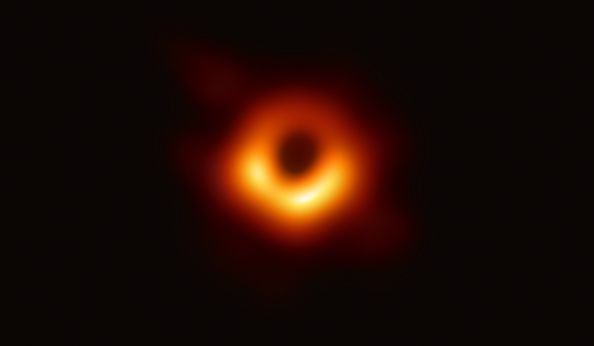Astronomers Spot Smallest Black Hole Ever Discovered

The discovery of a new class of black holes is causing astronomers to rethink their understanding of these massive cosmic objects. In a new study, a team of astronomers unveiled details of the smallest black hole ever discovered.
Black holes are generally formed following the death of massive stars that went supernova. Due to the sizes of these stars and their strong gravitational forces, black holes usually grow into massive cosmic objects.
Black holes are generally classified based on their size and weight. The smaller ones, known as stellar-mass black holes, are formed following the gravitational collapse of a dying star. They are usually at least five times more massive than the Sun.
Their larger counterparts, on the other hand, are referred to as supermassive black holes. These can grow into billions of solar masses.
Recently, astronomers from the Ohio State University, Harvard-Smithsonian Center for Astrophysics and other observatories and universities came across the smallest black hole ever discovered. According to the astronomers, the cosmic object was only about 3.3 times more massive than the Sun.
Todd Philips, an astronomy professor at the Ohio State University and the lead author of a new study, noted that the discovery of the tiny black hole clearly indicates that there is a new class of black holes waiting to be explored. These small black holes could also change the scientific community’s understanding of how black holes are formed since they prove that there are cosmic objects that exist outside the known size range.
“We’re showing this hint that there is another population out there that we have yet to really probe in the search for black holes,” he said in a statement. “People are trying to understand supernova explosions, how supermassive black stars explode, how the elements were formed in supermassive stars.”
“So if we could reveal a new population of black holes, it would tell us more about which stars explode, which don’t, which form black holes, which form neutron stars,” he added. “It opens up a new area of study.”
The findings of the astronomers were presented in a new study published in the journal Science.
© Copyright IBTimes 2025. All rights reserved.





















